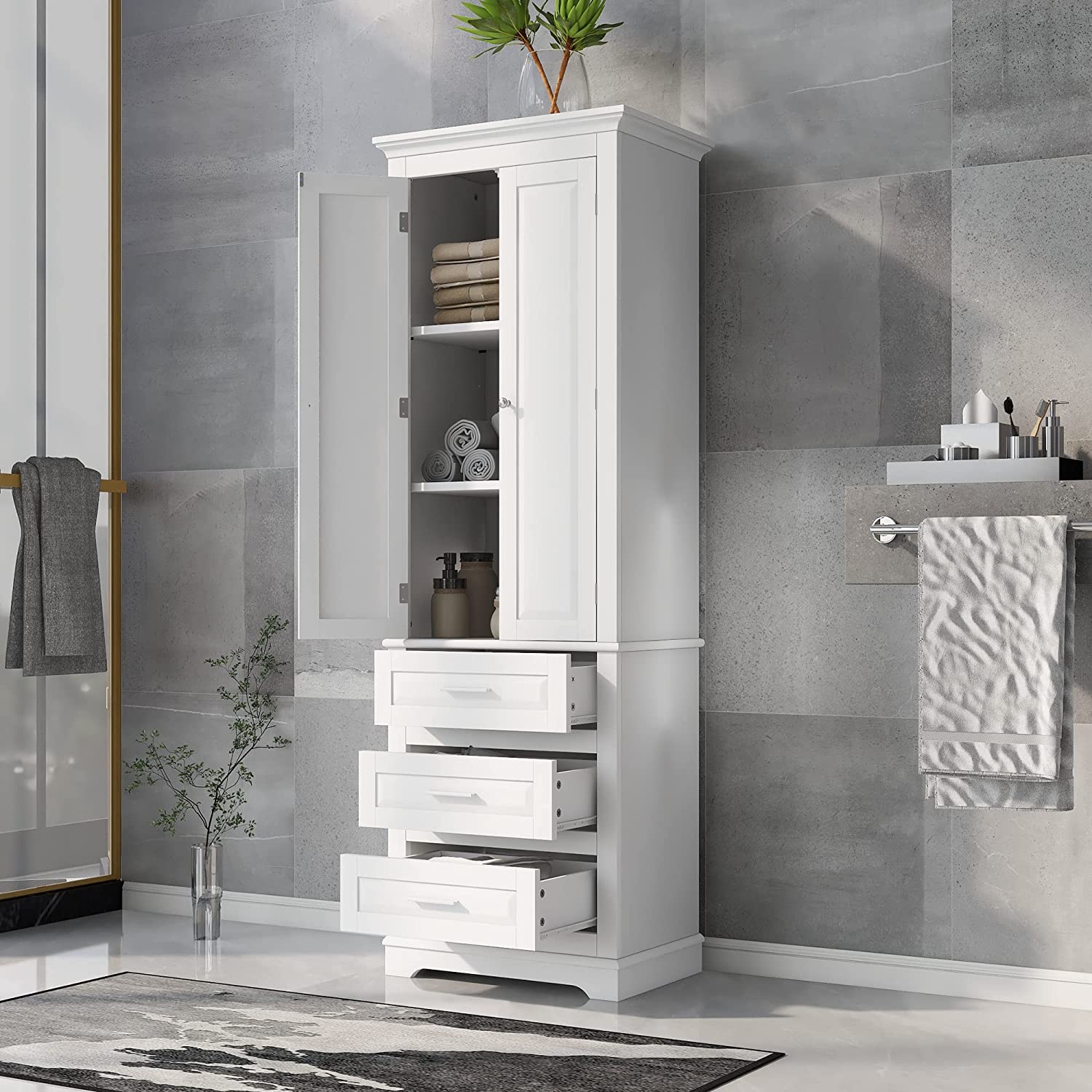

Articles
How To Build A Cabinet Drawer
Modified: February 27, 2024
Learn how to build a cabinet drawer with our step-by-step guide. Create practical and stylish storage cabinets for your home.
(Many of the links in this article redirect to a specific reviewed product. Your purchase of these products through affiliate links helps to generate commission for Storables.com, at no extra cost. Learn more)
Introduction
Building a cabinet drawer is a great way to upgrade the functionality and organization of your cabinets. Whether you’re a DIY enthusiast or a beginner, creating your own custom drawers allows you to maximize storage space and tailor it to your specific needs. From kitchen cabinets to bathroom vanities to office desks, adding drawers can make a world of difference in improving accessibility and reducing clutter.
In this step-by-step guide, we will walk you through the process of building a cabinet drawer from scratch. From gathering the necessary materials and tools to installing the drawer slides and adding the finishing touches, you’ll learn everything you need to know to create a sturdy and functional drawer.
Before diving into the construction process, it’s important to note that building a cabinet drawer requires basic woodworking skills and tools. Make sure to familiarize yourself with the safety precautions related to power tools, such as wearing protective eyewear and following proper usage guidelines.
Now, let’s get started on our journey to build a cabinet drawer that will enhance the functionality and aesthetics of your cabinets.
Key Takeaways:
- Building a custom cabinet drawer allows for tailored storage solutions, improved accessibility, and reduced clutter. With basic woodworking skills and careful planning, anyone can create a functional and stylish drawer to enhance their cabinets.
- From gathering materials to applying finishing touches, the process of building a cabinet drawer is a rewarding DIY project that enhances organization and functionality. Safety, precision, and attention to detail are key to success.
Read more: How To Fix A Cabinet Drawer
Step 1: Gathering Materials and Tools
The first step in building a cabinet drawer is gathering all the necessary materials and tools. Here’s a list of what you’ll need:
- Measuring tape
- Pencil
- Wood for drawer sides, back, and bottom
- Wood glue
- Nail gun or screws
- Power drill
- Drawer slides
- Drawer front panel
- Handles or knobs
- Sandpaper
- Paint or stain (optional)
- Paintbrush or roller (optional)
Before purchasing the materials, measure the dimensions of your cabinet to ensure that the drawer will fit properly. You’ll need to determine the height, width, and depth of the drawer. Additionally, consider the weight capacity needed for the drawer based on its intended use.
When it comes to choosing the wood for the drawer components, opt for a sturdy and durable material like plywood or solid wood. These materials will provide the necessary strength to support the contents of the drawer. You can find these materials at your local hardware store or online.
Next, gather the necessary tools for the project. A measuring tape and pencil will come in handy for measuring and marking the wood. A nail gun or screws, along with wood glue, will be used to join the drawer components together.
To attach the drawer to the cabinet, you’ll need drawer slides. These are metal tracks that allow the drawer to slide in and out smoothly. Make sure to choose drawer slides that are appropriate for the weight capacity and size of your drawer.
Lastly, consider the aesthetics of your cabinet drawer. Choose a drawer front panel that matches the style of your cabinet and select handles or knobs that complement the overall design. If desired, you can also paint or stain the drawer to match the existing cabinetry.
Now that you have gathered all the necessary materials and tools, we can move on to the next step, measuring and planning for your cabinet drawer.
Step 2: Measuring and Planning
Before cutting any wood or assembling the drawer components, it’s crucial to take accurate measurements and plan the layout of your cabinet drawer. This step will ensure that the drawer fits perfectly into the cabinet and functions smoothly.
Start by measuring the dimensions of the cabinet opening where the drawer will be installed. Measure the height, width, and depth of the opening. It’s important to account for any obstructions such as hinges or cabinet brackets.
Once you have the measurements, subtract about 1/2 inch from the width and height to allow for smooth movement of the drawer within the cabinet. This will provide enough clearance for the drawer slides and ensure a proper fit.
Next, determine the size of the drawer front panel by measuring the width and height of the cabinet opening. This panel will be attached to the front of the drawer box and should match the dimensions of the cabinet opening. Consider the style of the cabinet and the desired overhang for the front panel.
With the measurements in hand, create a detailed diagram or sketch of the drawer’s layout. This will serve as a visual guide during the construction process.
It’s also important to plan the placement of the drawer slides. Measure and mark the locations for the slides on both the cabinet sides and the drawer sides accordingly. The slides should be positioned evenly and allow for smooth gliding of the drawer.
Take this planning phase as an opportunity to think about the organization and functionality of your drawer. Consider if you need any dividers, partitions, or other accessories to help separate and organize the drawer contents.
Once you have completed the measuring and planning stage, you can proceed to the next step: cutting the wood for the drawer components. With careful measurements and a well-thought-out plan, your cabinet drawer will fit perfectly into the cabinet and fulfill your storage needs.
Step 3: Cutting Wood for Drawer Components
Now that you have measured and planned out your cabinet drawer, it’s time to cut the wood for the various components of the drawer. This step requires precision and careful cutting to ensure that all the pieces fit together seamlessly.
Start by cutting the pieces for the drawer sides. Use a table saw or a circular saw to cut the wood to the height measurement you determined earlier. Remember to subtract the thickness of the drawer bottom from this measurement if you plan on adding a separate bottom piece.
Next, cut the wood for the drawer back. This piece should be the same width as the drawer sides and the same height as the cabinet opening. Ensure that the edges are clean and straight for a smooth assembly.
If you’re opting for a separate drawer bottom, cut the piece to the width and depth measurements you obtained during the planning phase. Make sure to subtract the thickness of the sides from the width measurement to account for the drawer’s internal space.
With the sides, back, and bottom pieces cut, it’s time to assemble the drawer box. Apply wood glue to the edges of the side pieces and attach them to the drawer back. Use clamps to hold the pieces together while the glue dries. Once the glue is set, reinforce the joints with nails or screws for extra stability.
If you’re adding a separate drawer bottom, position it within the box and secure it to the sides and back using glue and nails or screws. This will create a sturdy and functional drawer box.
Remember to sand any rough edges or surfaces of the wood components to ensure a smooth finish. You can use sandpaper or a sanding block for this step.
With the wood pieces cut and assembled, you’re one step closer to having a complete cabinet drawer. In the next step, we’ll cover how to install the drawer slides for smooth and effortless drawer movement.
Step 4: Assembling the Drawer Box
With the wood components cut and sanded, it’s time to assemble the drawer box. This step involves securing the drawer sides, back, and bottom together to create a sturdy and functional structure.
Begin by applying a thin layer of wood glue along the edges of the drawer sides. Position the sides against the drawer back, ensuring that they are flush and aligned. Use clamps to hold the pieces together tightly while the glue sets.
Next, reinforce the joints by inserting nails or screws through the sides into the back of the drawer. Make sure to countersink the fasteners slightly to ensure a flush finish.
If you’re using a separate drawer bottom, position it within the assembled box and glue it to the bottom edges of the sides and back. Secure it further with nails or screws for added stability.
Once the glue has dried and the fasteners are secured, remove the clamps. Inspect the drawer box for any gaps or misalignments, and make any necessary adjustments or corrections.
Take this opportunity to test the drawer box by sliding it in and out of the cabinet opening. Ensure that it moves smoothly and fits properly within the designated space.
If you’re satisfied with the assembly and fit of the drawer box, you can proceed to the next step: installing the drawer slides. This crucial step will allow your cabinet drawer to glide effortlessly in and out, improving functionality and accessibility.
By following these steps carefully and paying attention to detail during the assembly process, you’ll have a well-constructed drawer box that is ready for the next stage of installation.
When building a cabinet drawer, make sure to use high-quality drawer slides to ensure smooth and durable operation. Properly measuring and aligning the slides is crucial for a well-functioning drawer.
Read more: How To Install A Drawer In A Cabinet
Step 5: Installing Drawer Slides
Installing drawer slides is an essential step in ensuring that your cabinet drawer operates smoothly and securely. Drawer slides are metal tracks that allow the drawer to slide in and out effortlessly. Follow these steps to properly install the drawer slides:
1. Begin by positioning the drawer slides on the inside of the cabinet, following the measurements and markings you made during the planning phase. Typically, the slides are attached to the sides of the cabinet, near the top and bottom edges.
2. Use a pencil to mark the screw holes on the side of the cabinet and pre-drill the holes to prevent splitting. It’s crucial to align the slides properly to ensure that the drawer moves smoothly.
3. Secure the slides to the cabinet using screws, making sure they are level and aligned with each other. Use a level to double-check their horizontal position.
4. Once the slides are securely attached to the cabinet, it’s time to install the corresponding part of the slides on the sides of the drawer box. Position them carefully, ensuring that they are parallel to the slides attached to the cabinet. Mark the screw holes and pre-drill them.
5. Attach the slides to the sides of the drawer box using screws, making sure they are level and aligned with each other. Check the drawer box for smooth movement along the slides. Adjust if necessary.
6. With the drawer slides installed, carefully slide the drawer box into the cabinet, making sure it sits properly on the slides. Test the movement of the drawer by sliding it in and out to ensure it operates smoothly.
7. Make any necessary adjustments to the slides or drawer box if there are any issues with movement or alignment. It’s important to have a properly functioning drawer that slides effortlessly.
By following these steps and taking the time to ensure proper alignment and level installation, your cabinet drawer will glide smoothly and operate seamlessly. Now, it’s time to move on to the next step of attaching the front panel and handles.
Step 6: Attaching Front Panel and Handles
Attaching the front panel and handles to your cabinet drawer adds the finishing touch to its appearance and functionality. Follow these steps to properly install the front panel and handles:
1. Start by positioning the front panel on the front of the drawer box. Ensure that it is centered and aligned with the top and bottom edges of the box. Use a pencil to mark the screw holes on the back of the front panel.
2. Pre-drill the marked screw holes on the back of the front panel. Make sure the drill bit is slightly smaller than the screws you’ll be using to attach the panel.
3. Place the front panel back onto the drawer box, aligning the pre-drilled holes with the corresponding holes on the box. Secure the front panel in place by driving screws through the holes into the drawer box. It’s important to countersink the screws slightly to create a flush finish.
4. Double-check the alignment and overall appearance of the front panel. Adjust if necessary.
5. Once the front panel is securely attached, it’s time to install the handles or knobs. Measure and mark the desired locations for the handles on the front panel.
6. Pre-drill the marked holes for the handles or knobs using a drill bit that matches the diameter of the screws provided with the hardware.
7. Attach the handles or knobs to the pre-drilled holes, ensuring they are secure and straight. Use a screwdriver or a drill with a screwdriver bit to drive the screws into the handles or knobs.
8. Test the functionality of the drawer by opening and closing it with the newly attached front panel and handles. Ensure that the handles or knobs provide a comfortable grip and that the drawer opens and closes smoothly.
By following these steps, you will successfully attach the front panel and handles to your cabinet drawer, enhancing both its visual appeal and usability. With the completion of this step, your cabinet drawer is now ready for the final touches.
Step 7: Finishing Touches
Completing the finishing touches on your cabinet drawer will not only enhance its appearance but also ensure its long-lasting durability. Follow these steps to add those final details:
1. Begin by inspecting the entire drawer for any rough edges or imperfections. Use sandpaper or a sanding block to smooth out any rough areas. Be sure to sand all visible surfaces, including the front panel and sides of the drawer box.
2. If desired, apply a coat of paint or stain to the drawer to match the existing cabinetry or to suit your personal style. Use a paintbrush or roller to apply an even and smooth finish. Allow sufficient drying time according to the manufacturer’s instructions.
3. Apply a protective top coat to seal the paint or stain and provide additional durability. This step is especially important if the drawer will be subjected to frequent use or if it will be exposed to moisture, such as in a kitchen or bathroom cabinet.
4. Once the finish has dried, carefully clean the drawer interior and exterior. Remove any dust or debris to ensure a clean and presentable appearance.
5. Reinstall the drawer into the cabinet by carefully sliding it onto the installed drawer slides. Ensure that it is aligned properly and sits flush within the cabinet. Test the drawer’s movement by opening and closing it multiple times to check for smooth gliding.
6. Take a moment to appreciate your newly completed cabinet drawer. Admire the craftsmanship and functionality you have achieved through careful planning and execution.
7. Finally, organize the contents of the drawer in a way that maximizes efficiency and storage space. Consider using organizers or dividers to keep items organized and easily accessible.
By following these finishing touches, your cabinet drawer will not only look aesthetically pleasing but also provide reliable functionality for years to come. Take pride in the hard work and dedication you have put into building and refining your custom cabinet drawer.
Conclusion
Congratulations on successfully building your cabinet drawer! By following the step-by-step process outlined in this guide, you have created a functional and customized storage solution that enhances the organization and accessibility of your cabinets.
Throughout this journey, you have learned how to gather the necessary materials and tools, accurately measure and plan, cut wood for drawer components, assemble the drawer box, install drawer slides, attach the front panel and handles, and apply the finishing touches.
Building your own cabinet drawer allows you to tailor it to your specific needs and style. Whether it’s a kitchen cabinet, bathroom vanity, or office desk, the addition of a well-constructed drawer significantly improves storage functionality and reduces clutter.
Remember, safety should always be a priority when working with tools and materials. Take the necessary precautions and wear protective gear when operating power tools or handling sharp objects.
If at any point you faced challenges throughout the construction process, don’t hesitate to consult online tutorials, forums, or seek guidance from experienced woodworkers. Learning from others’ experiences can help you troubleshoot issues and refine your skills.
Now that you have completed your cabinet drawer, take a moment to appreciate the sense of accomplishment that comes with completing a DIY project. Stand back and admire the craftsmanship and functionality you have achieved.
As you enjoy your newly built cabinet drawer, make sure to maintain its longevity by keeping it clean and organized. Regularly check for any signs of wear and tear and address them promptly to ensure optimal performance.
Building a cabinet drawer is just the beginning of your woodworking journey. As you gain more experience and hone your skills, consider taking on more advanced projects to further enhance your space and showcase your creativity.
Thank you for joining us on this cabinet drawer building adventure. We hope this guide has provided you with the knowledge and inspiration to tackle future woodworking projects with confidence.
Frequently Asked Questions about How To Build A Cabinet Drawer
Was this page helpful?
At Storables.com, we guarantee accurate and reliable information. Our content, validated by Expert Board Contributors, is crafted following stringent Editorial Policies. We're committed to providing you with well-researched, expert-backed insights for all your informational needs.
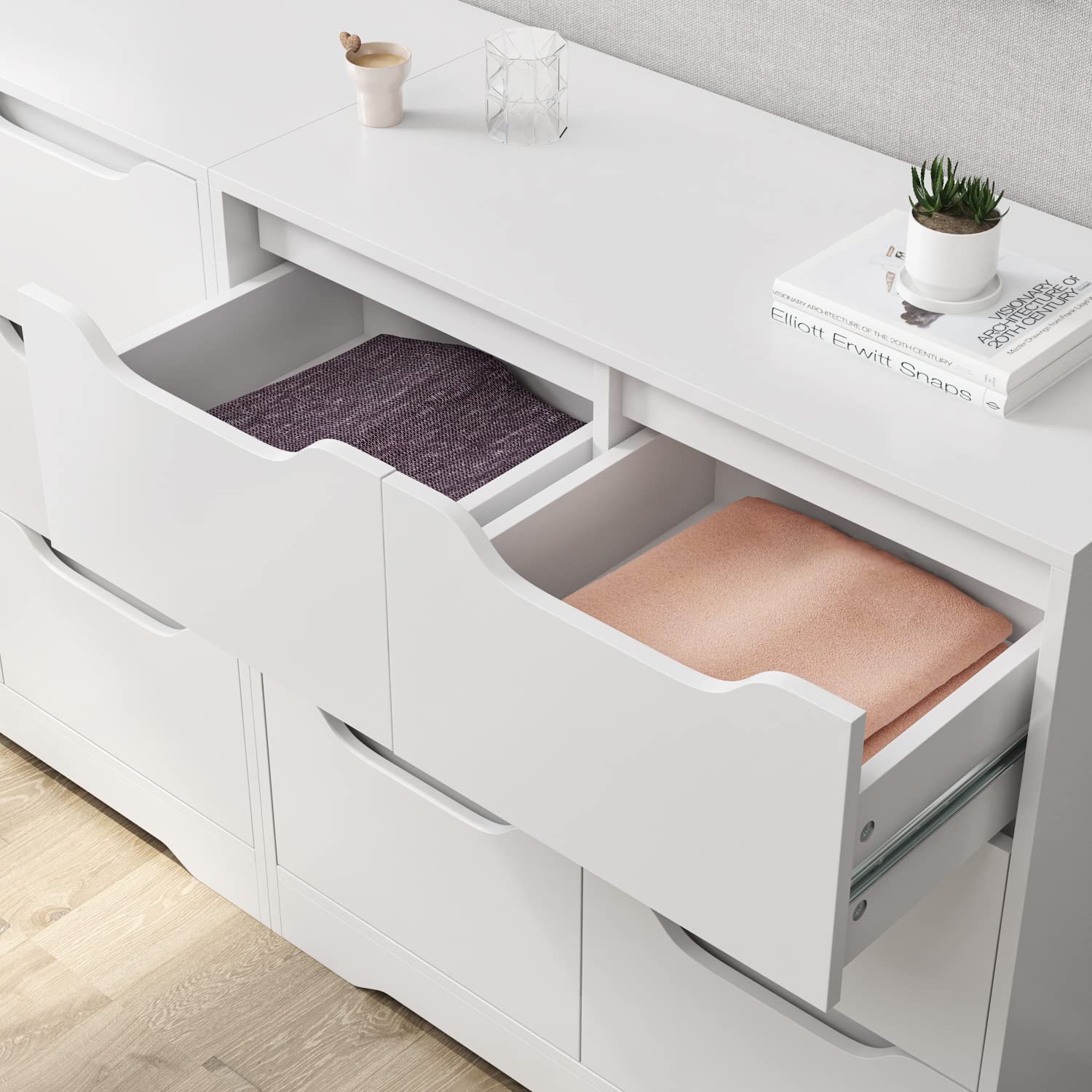
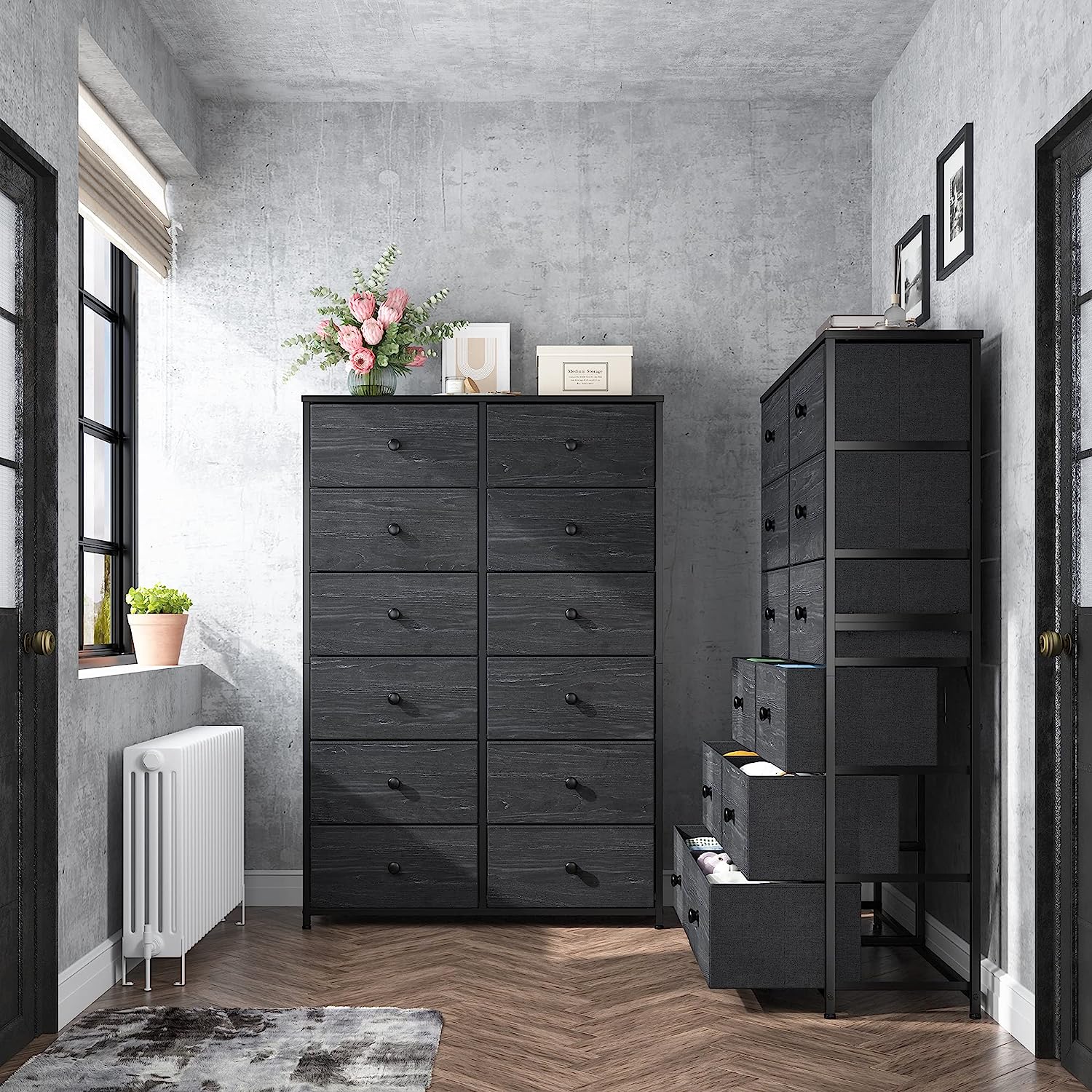
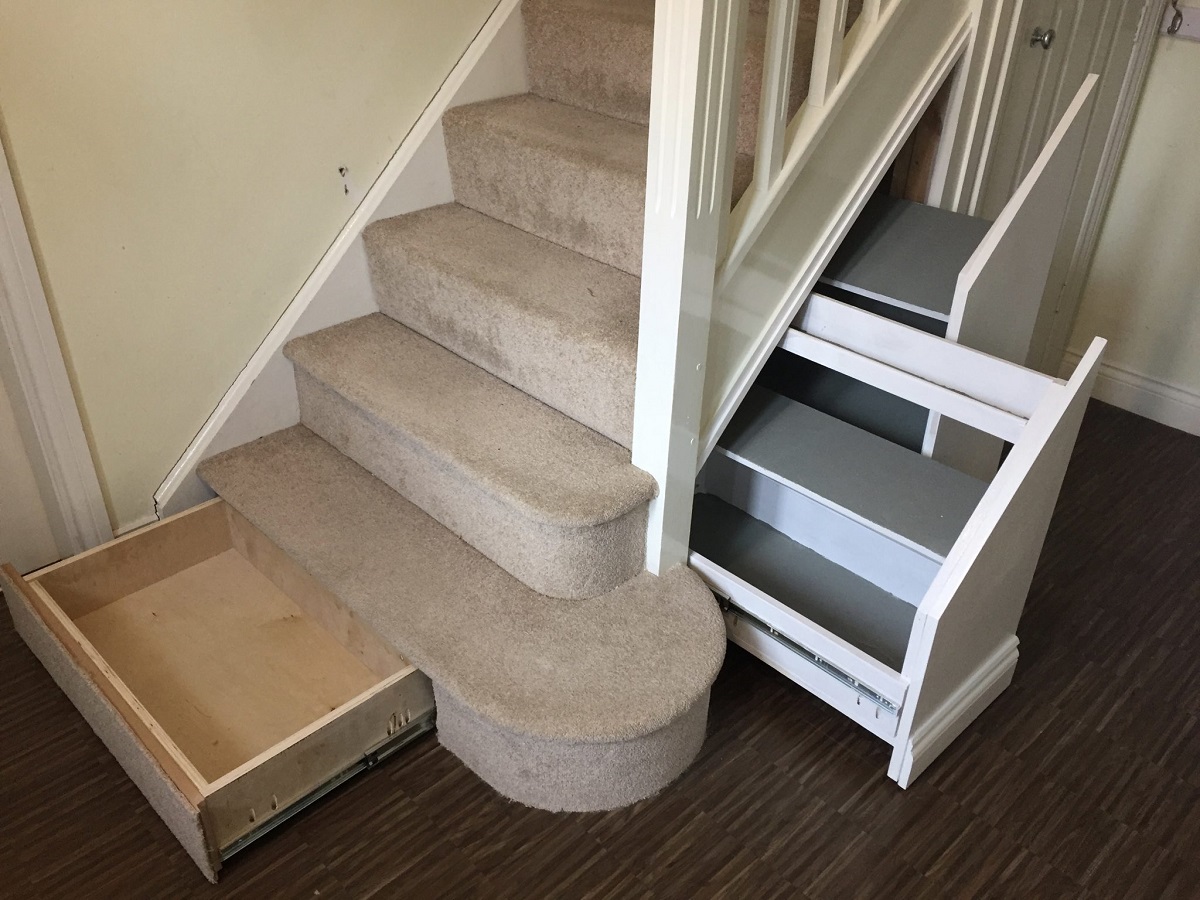
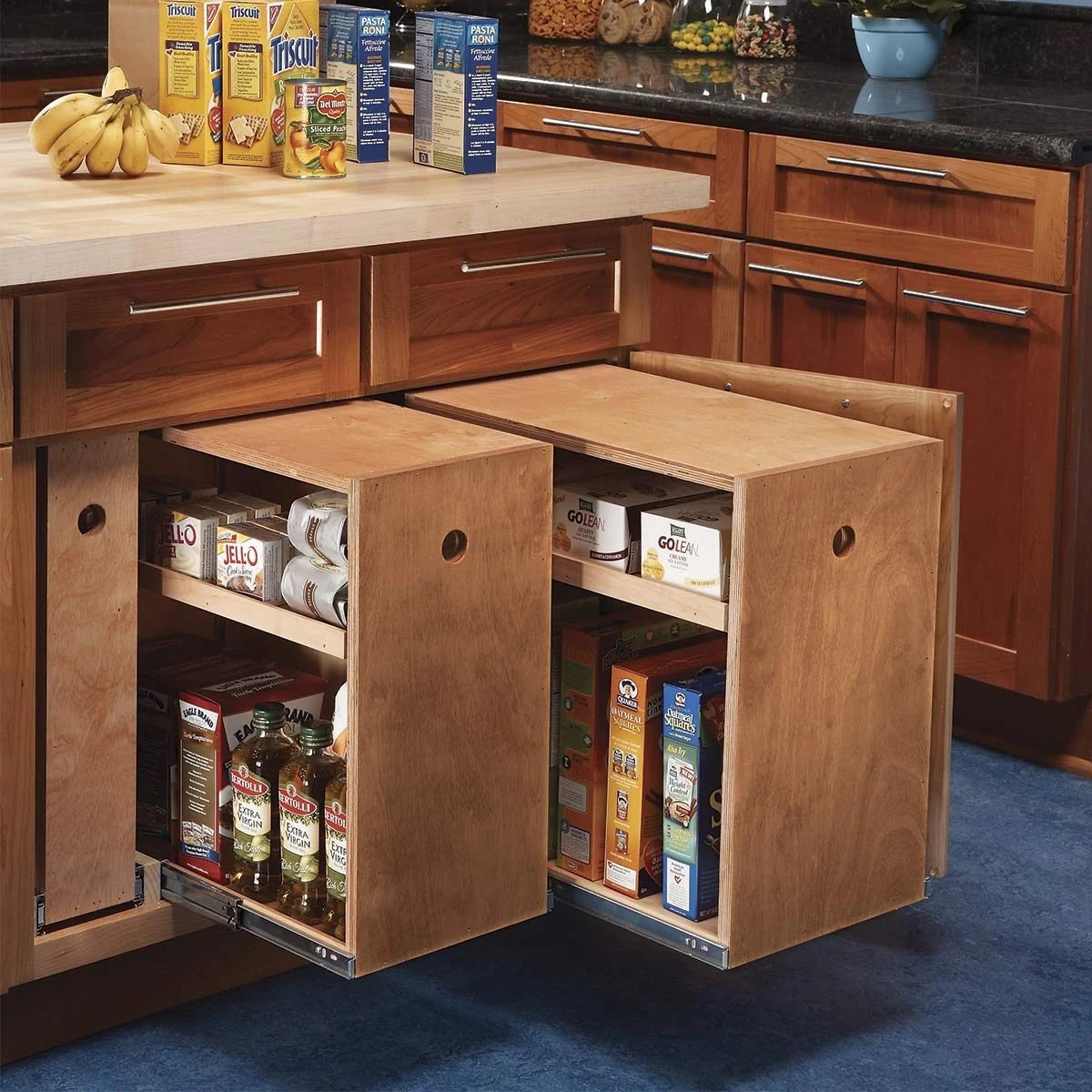
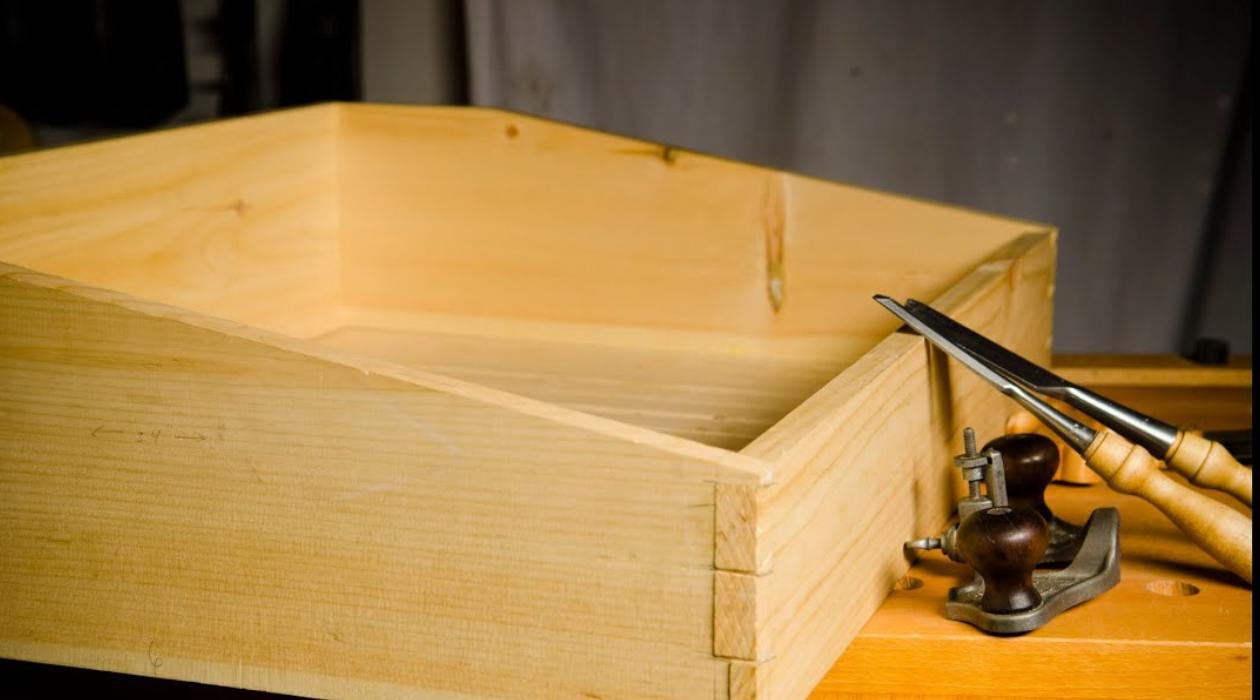
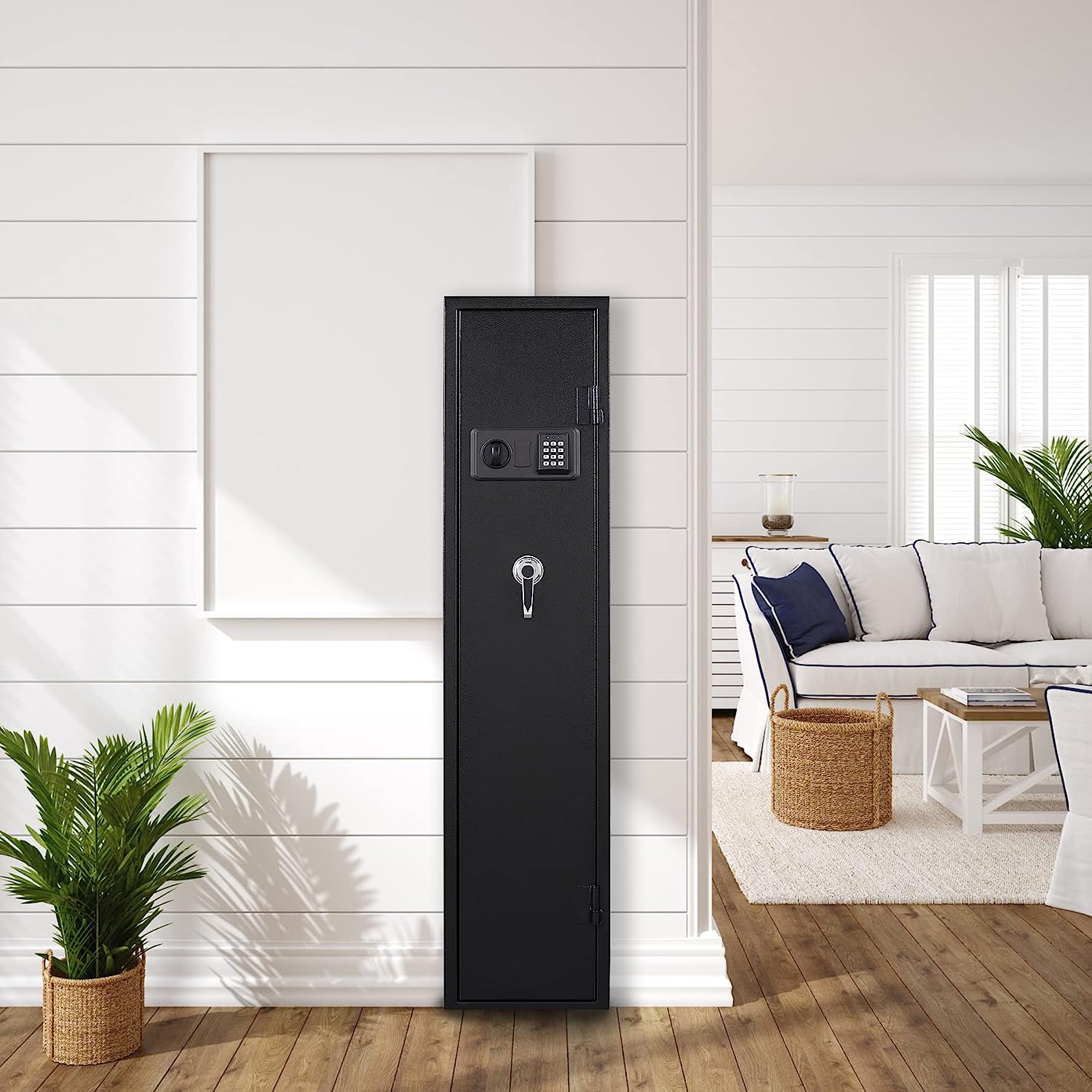
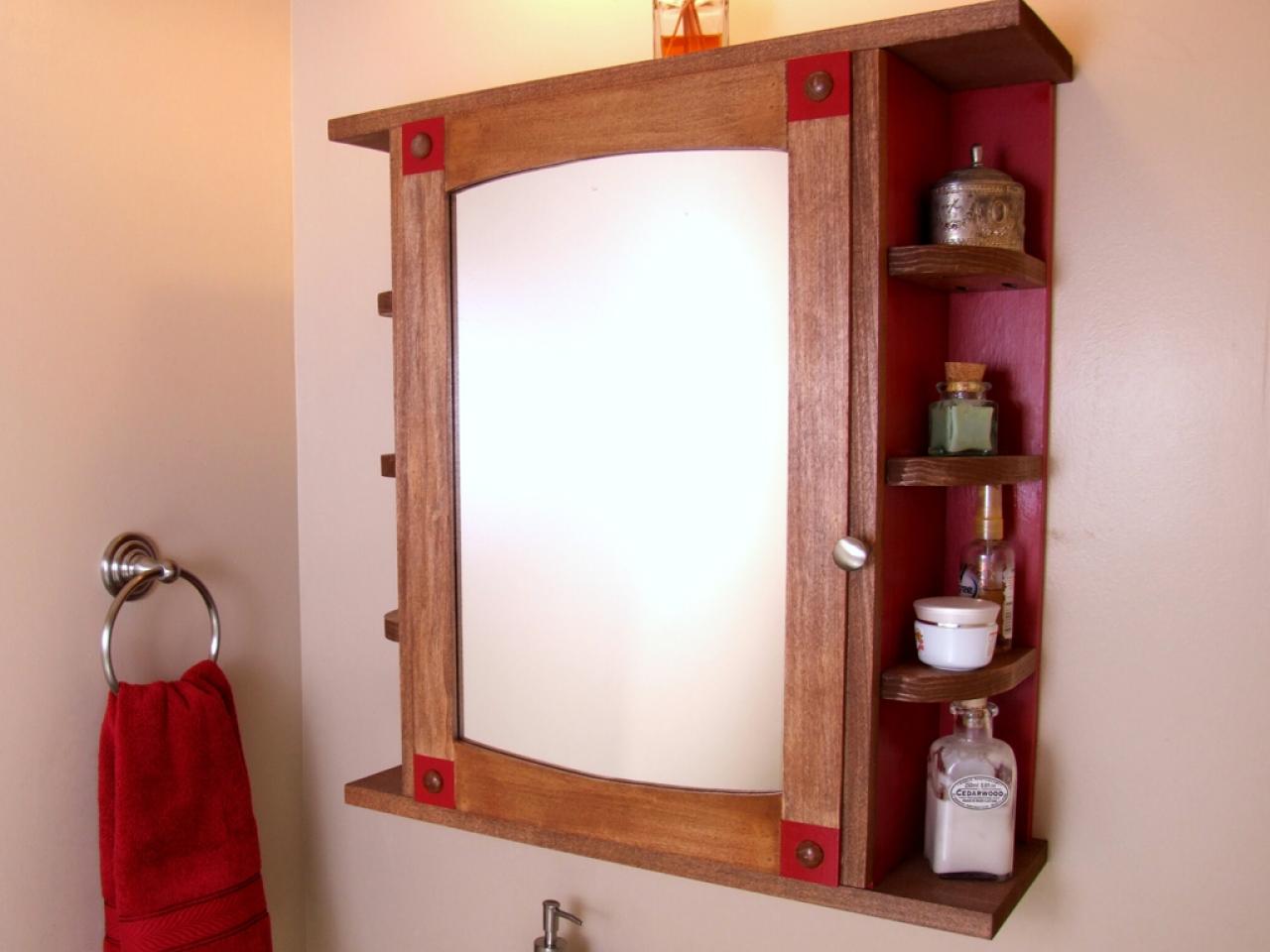
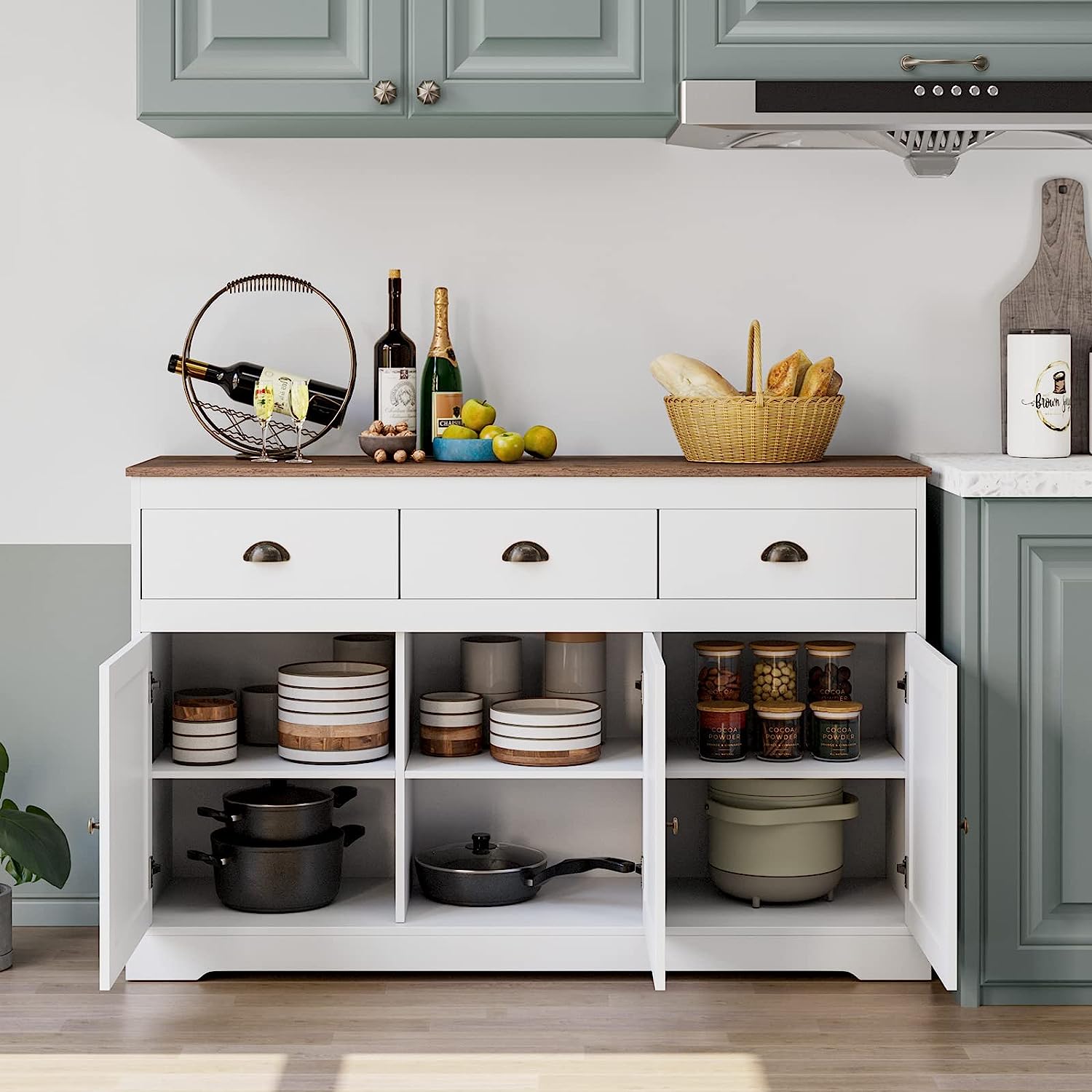
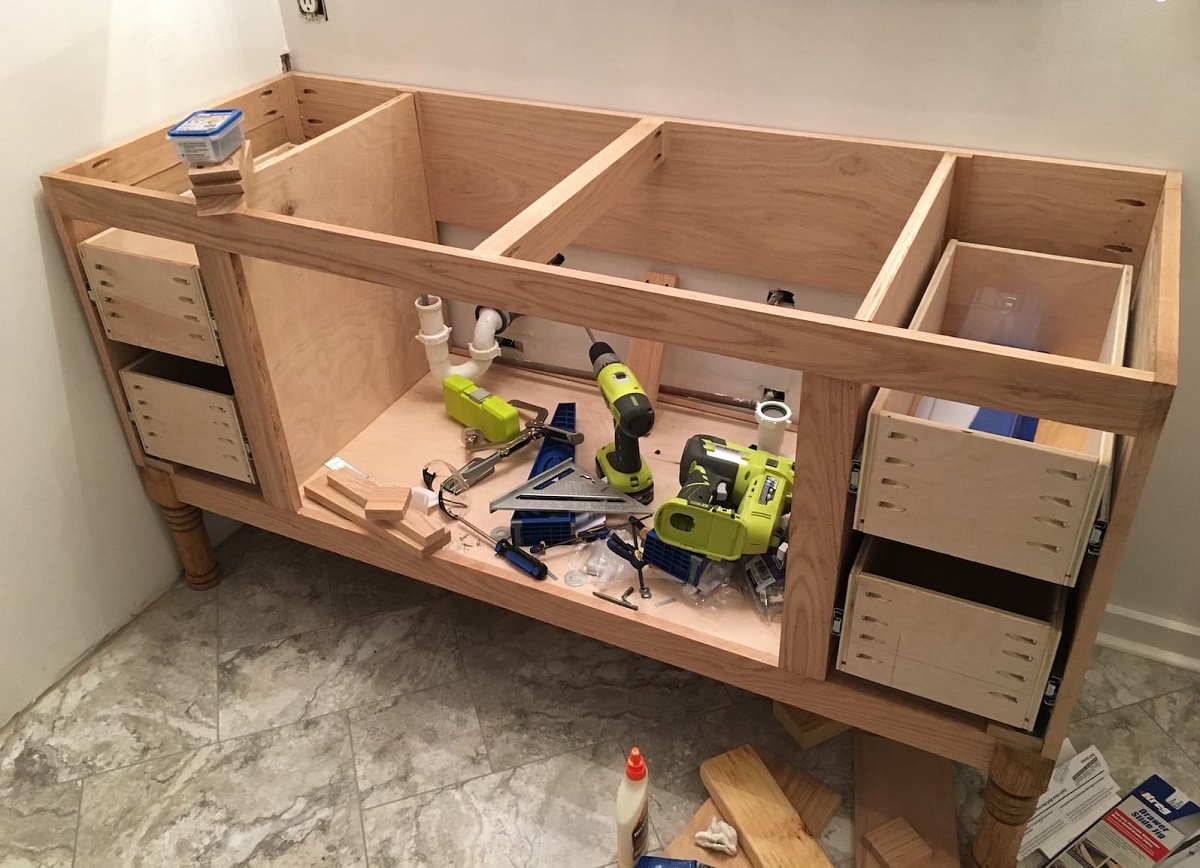
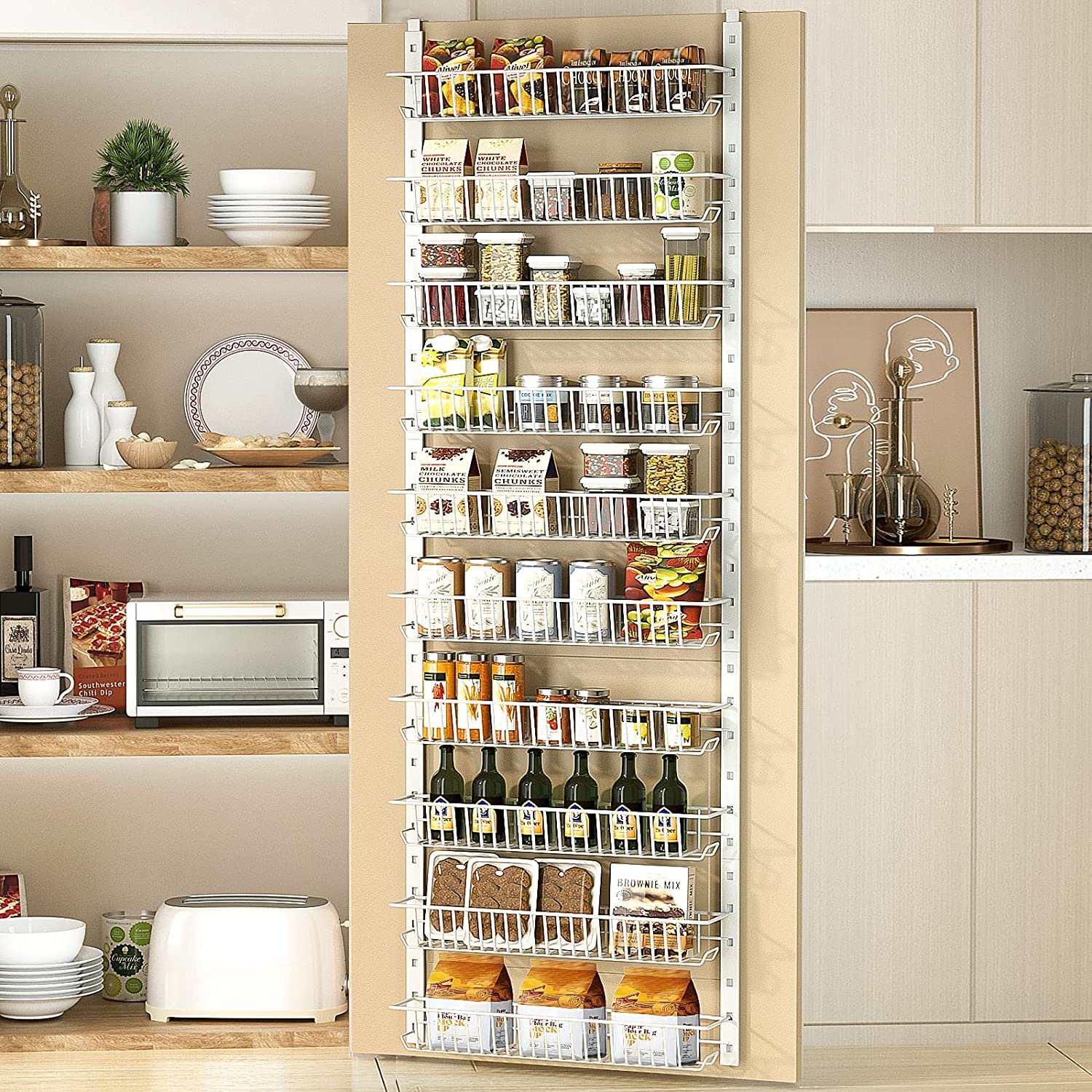
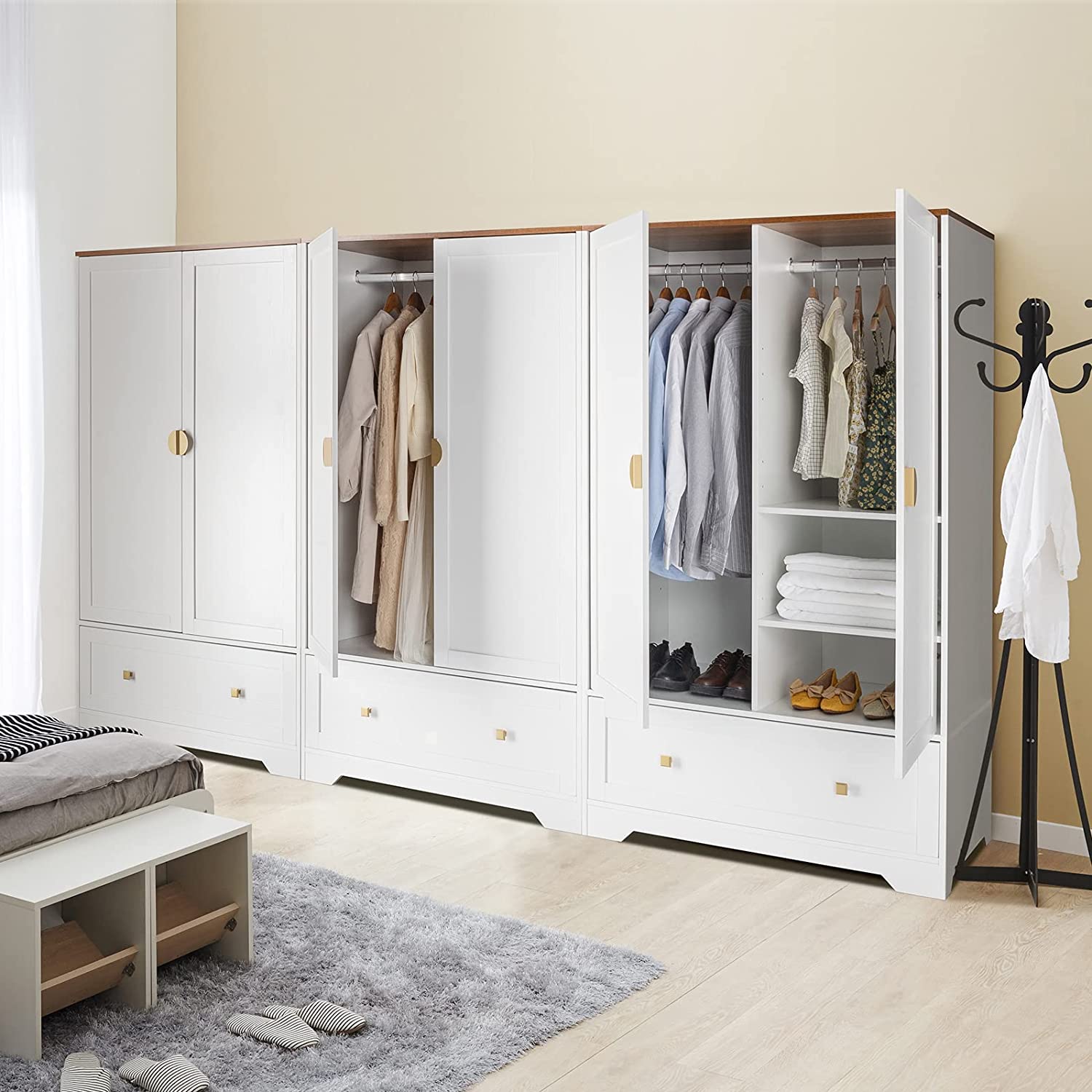
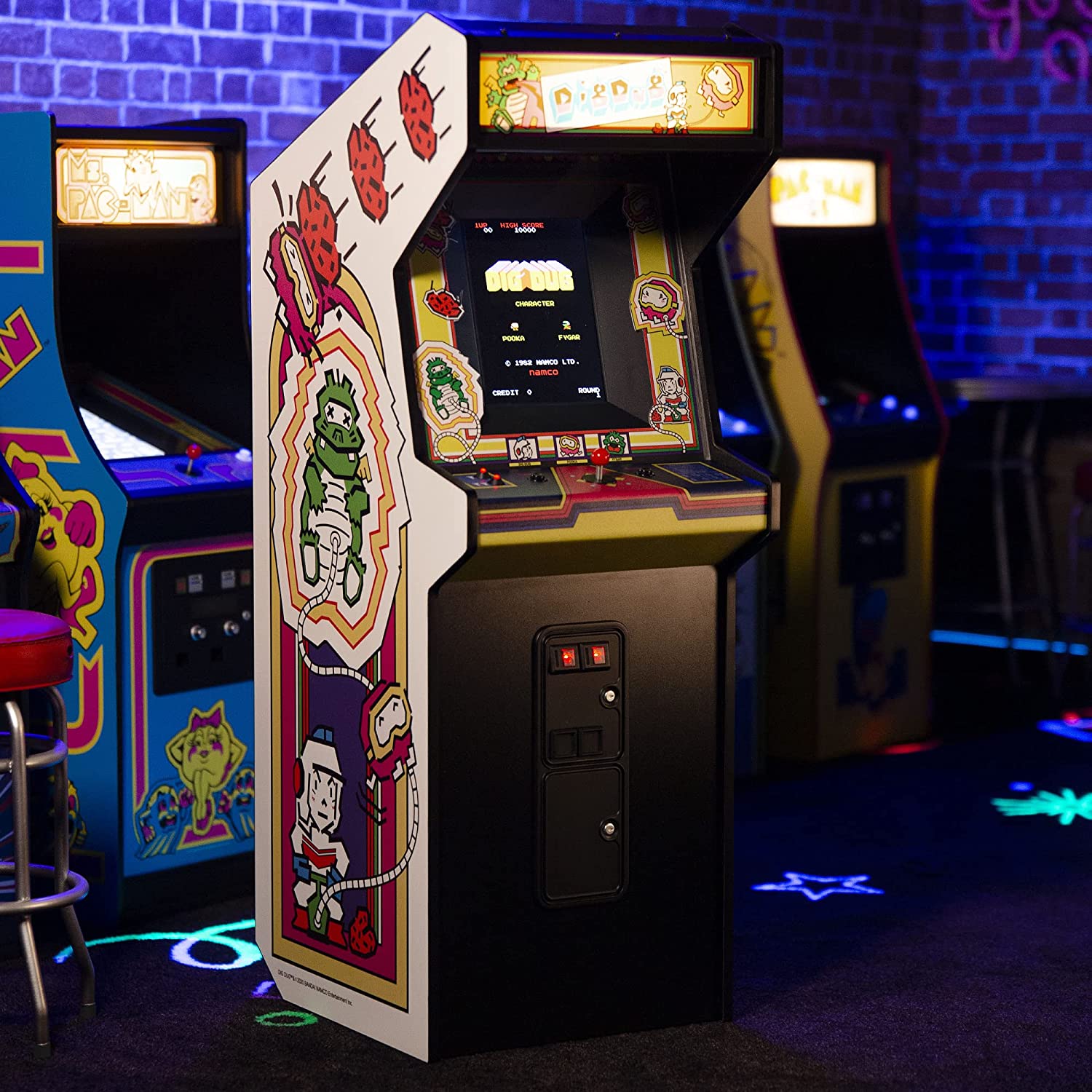
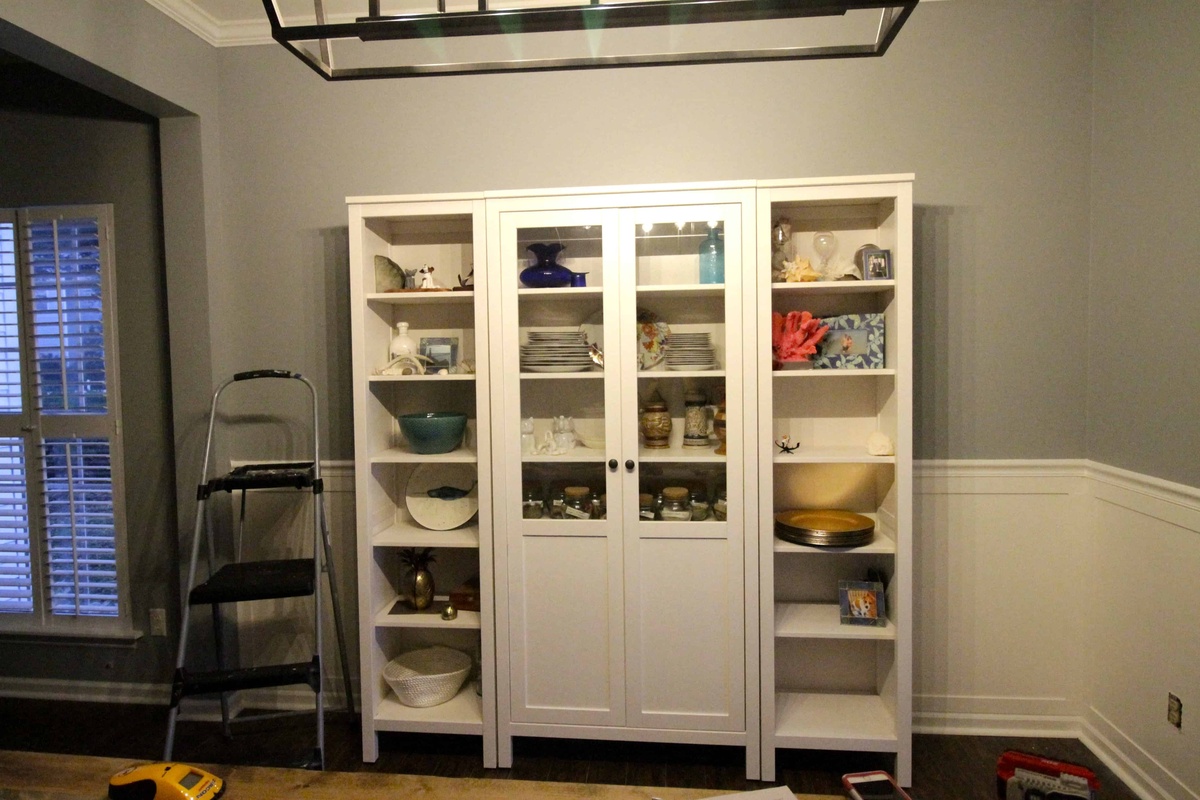
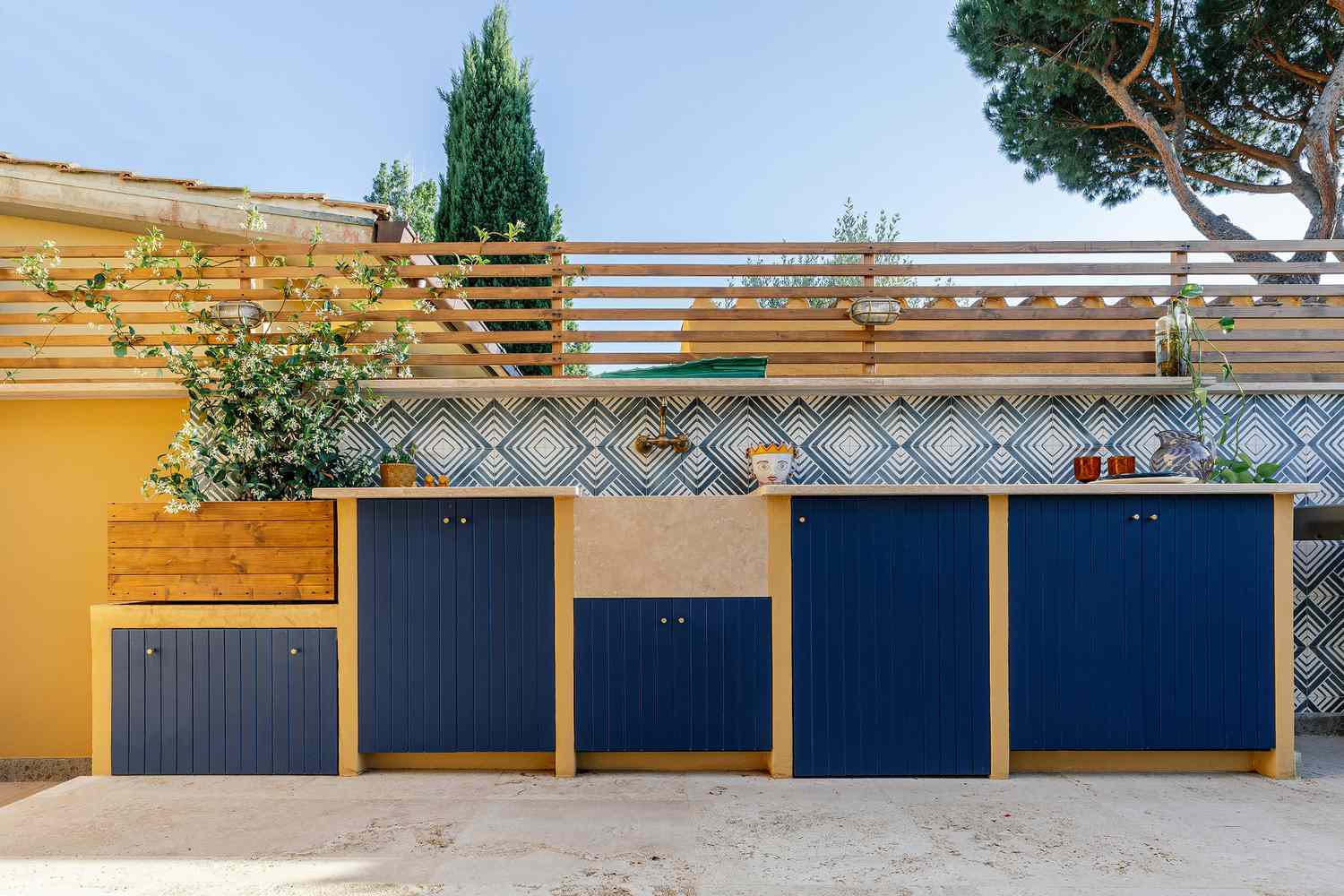

0 thoughts on “How To Build A Cabinet Drawer”